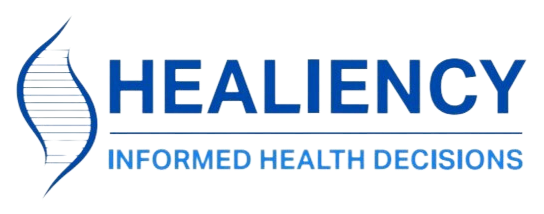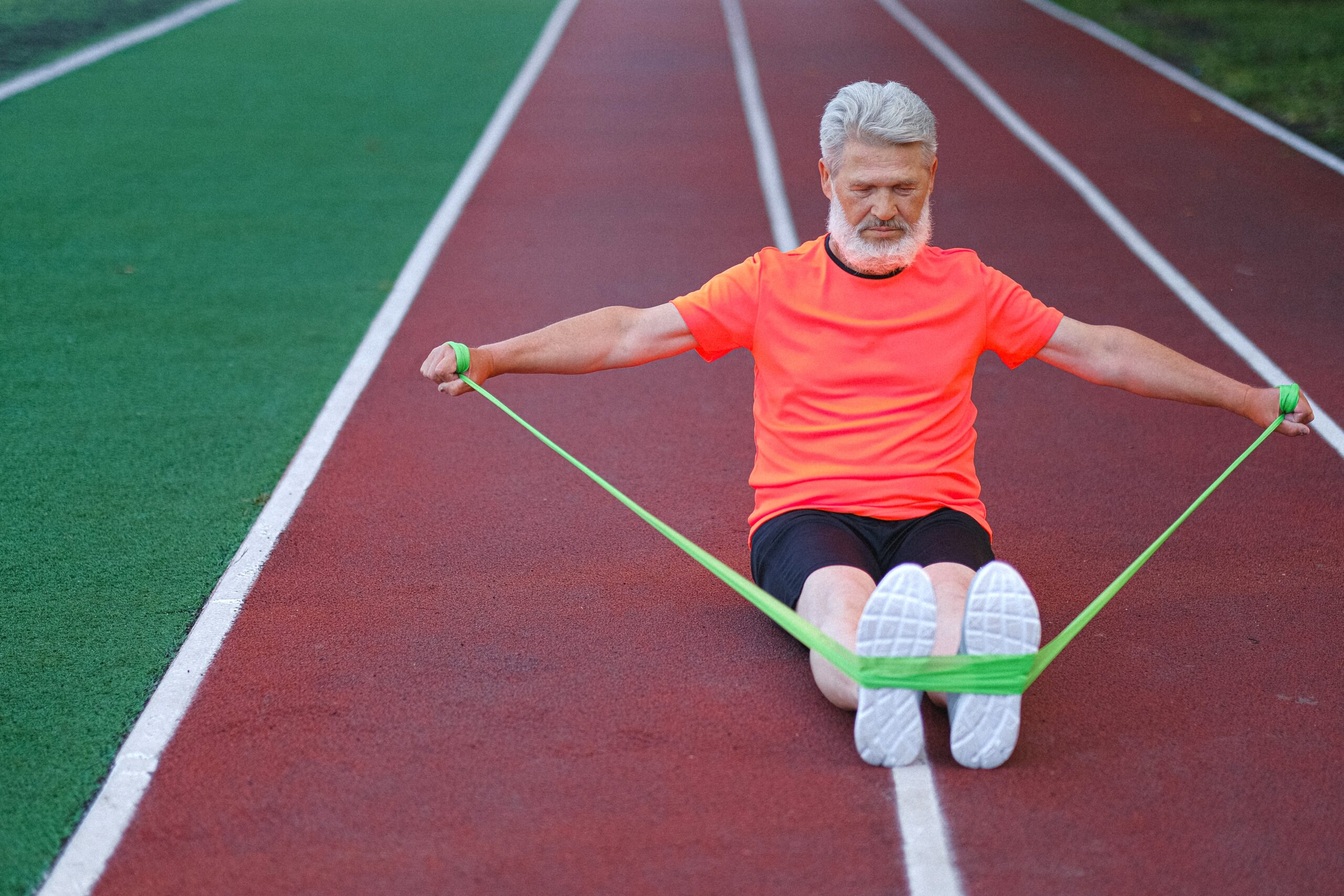“Faced with the choice between changing one’s mind and proving that there is no need to do so, almost everyone gets busy on the proof.” John Kenneth Galbraith
“I can’t stand work-outs” shouted Linda at her Doctor.
We all know of someone who struggles with making health changes; even when necessary? “What happened?” you ask, “Why are they not improving”
One might as well also ask why dieters gain weight, why alcoholics fall off the wagon, why diabetics eat sweets, why addicts use again. Are health commitments made to be broken?
The world is suffering from many health problems. Some are so common nowadays that they have been called syndrome X. These diseases include high blood pressure, diabetes, obesity, cardiovascular disease, some types of cancer, and many more. Most of these diseases are caused by poor lifestyle and dietary habits and can be prevented to some extent.
Interestingly enough, we’ve never had as much access to health-related information as we do now. Today, every health-related question we have can be answered with the simple click of a button, and yet, we seem to only be getting worse at taking care of health because the prevalence of these diseases keeps increasing worldwide.
Studies indicate that health education seems to promote public health and improve health equity. Health education has improved during these last years, but the fact that we are still suffering from all of these diseases with new ones emerging should make us wonder: if we have access to all the health-related information that we need, why haven’t we changed our behavior yet?
What it takes to break a habit:
One thing is sure: it takes much more than just knowledge to break a habit. We all know that it’s harmful to smoke or not to exercise, but not many of us actively try to change our behavior. Those of us who do and set ambitious new year resolutions to get healthy are likely to find themselves defeated and frustrated by February or March because it turned out that breaking old habits and creating new healthy habits is quite hard.
From a neuroscientific perspective, a habit is a neural pathway that the brain is used to use automatically so that it doesn’t waste too much energy making a conscious decision. This instinctual need for survival and energy saving makes it hard to break habits because it costs the brain extra energy to get out of its comfort zone and learn new habits. A whole field that encompasses psychology, neuroscience, and psychiatry is dedicated to the study of cognition and behavior, and the many possible and successful ways to change our behavior. And many therapies are being suggested to help us change our habits and sustain the change.
Furthermore, humans are social creatures who tend to replicate and abide by the habits of those around them. Whether that’s society as a whole, or just replicating the habits of parents and siblings .

Addicted to our bad behaviors:
Every time a habit or a substance gives us pleasure and makes us feel good, the brain is releasing the feel-good neurotransmitter dopamine. If this behavior repeats itself, the brain can become addicted to dopamine, which it associates with unhealthy habits. As a result, we can become addicted to our unhealthy habits.
Breaking a habit is already hard enough, but breaking a pleasant habit that we’re addicted to is even harder. Some of our harmful habits are addictions that we’re unaware of.
Aside from dopamine, and the obvious addictive substances like drugs and alcohol, certain dietary habits could be hard to break because of certain addictive foods. Indeed, food addiction is possible, and many of us are addicted to processed food without knowing it. The rapid absorption rate and the high concentration of fat and carbohydrates in processed foods give them drug-like effects, which makes us addicted to these foods. As a result, eating healthier isn’t only a matter of motivation or willpower, it’s also a matter of withdrawal and recovery from addiction.
Consumer manipulation:
Breaking a bad habit is hard on its own, but some factors can make it harder. And unfortunately, we are oblivious to these factors most of the time. Most of our choices and behaviors as consumers stem from subtle manipulative schemes that are a part of marketing strategies. Neuromarketing is a subfield of marketing and advertisement, which uses neuroscientific concepts to influence consumers’ choices and behavior.
Someone once said: Marketing is like asking someone on a date. Branding is the reason they say yes.
For example, many advertisements use subliminal messages to influence the consumers’ choices without them being aware of them. Subliminal messages can have effects that last in the long term, which means that long after a person has been exposed to a subliminal message, it is highly likely to still impact their decision-making process.
Too much of a good thing:
Another possible answer that could fill the gap between health education and effective change could be the enormous amount of health-related information available to us. Having access to even the most complex medical concepts comes with its downsides because even non-medical professionals can give their opinions on the matter. This can confuse the reader, who won’t know who to believe and which advice to follow.
Possible solutions for effective change:
Mindful and Healthy Living may sound cliché, but may be the solution to becoming healthier.
As an example and with respect to Healthy Living, nutrition is often the last change most consider. It is a priority while healthy and even more of a priority during the progression of disease. Keeping a healthy whole foods diet ensures that we’re free from addictive processed foods. Furthermore, a clean diet can also improve overall health and promote mental health, which makes us less likely to indulge in harmful coping skills such as smoking, alcohol abuse, or overeating.
Being conscious not only includes food and diet, but also the information we absorb through media outlets or social media. It’s helpful to limit our use of social media and various media outlets, to prevent being exposed to subliminal messages or manipulated by various neuromarketing techniques.
Health education is an important part of public health promotion, but there is an important aspect that we’re not educated upon, and that’s cognitive-behavioral therapies and concepts. It’s helpful to educate society on what they should and shouldn’t do to prevent disease, but it’s more important to educate them on how to change their behavior. By making cognitive-behavioral concepts and therapies more accessible to the public, we may be a step closer to creating and sustaining positive change.
Last but not least, this information is not presented to downgrade dieters, diabetics or drug users, but to allow for better understanding. Not all inciting factors are related to unhealthy behavior or can be changed. Major life changes and strong emotions can have a negative impact on health. This information is to help look at different factors that impact health and various avenues to “keep going”
Dr. Sarah Mliyahe, MD – Contributor









